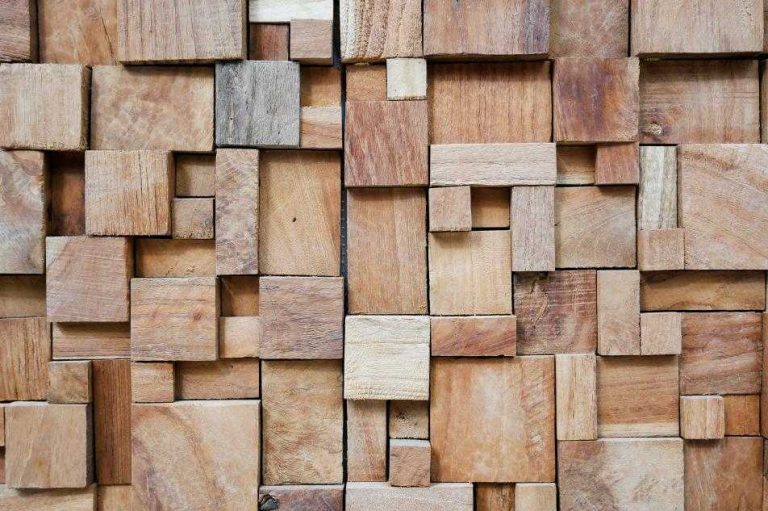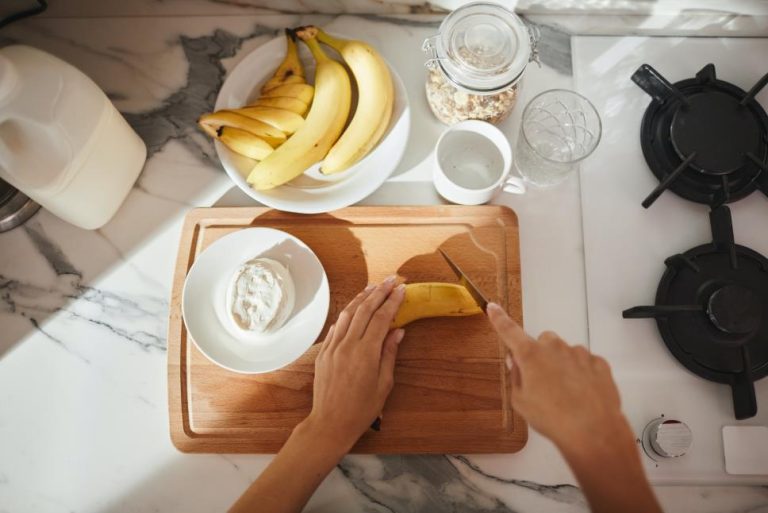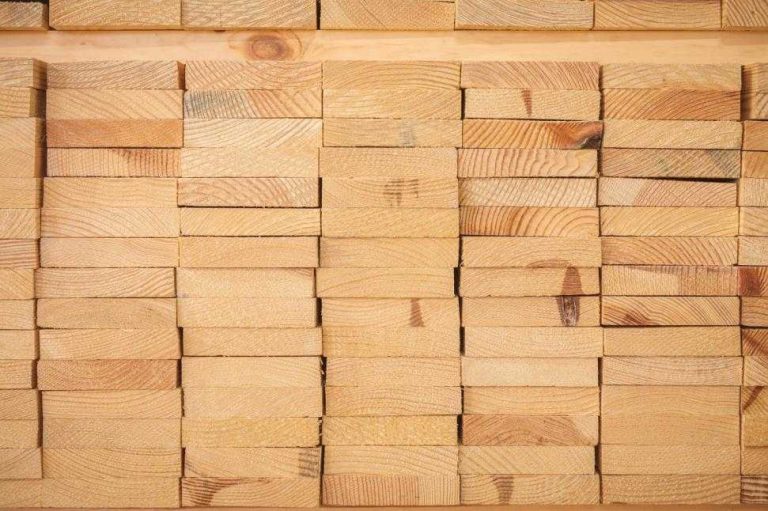Like kitchen knives, cutting boards have varieties. The two most common are plastic and wood. While it’s best to have both in any knife store, you might have to choose either one to sell.
Whatever the reasons, here’s how plastic and wood cutting boards compare from a seller’s perspective.
Wood cutting boards

Wood cutting boards have the most options. Just like not all chef’s knives are made equal, cutting boards are the same. The wood choice and the grain type are what give the main characteristics of the cutting board.
Nevertheless, the features of wood cutting boards are similar, with minor differences. For example, teak cutting boards resist moisture better than walnut, and end grain wood is gentler on knives than edge grain.
Buy Wholesale Cutting Boards and Start Scaling up with Us Today
Contact us and connect with a sales rep to get a free quote.
Features
Wood cutting boards are among the most durable. They just require some maintenance to stay at their best. In exchange, wood cutting boards serve home cooks and chefs for years.
Luckily, upkeeping a wood cutting board is straightforward. Remind your customers not to clean them in the dishwasher and apply mineral oil when the surface looks dry.
What wood cutting boards have to offer doesn’t end there. The natural antibacterial properties of trees carry over to wood. Ultimately, these are present in cutting boards made from it. Studies have shown that common bacteria responsible for food poisoning die in three minutes of contact with the surface.
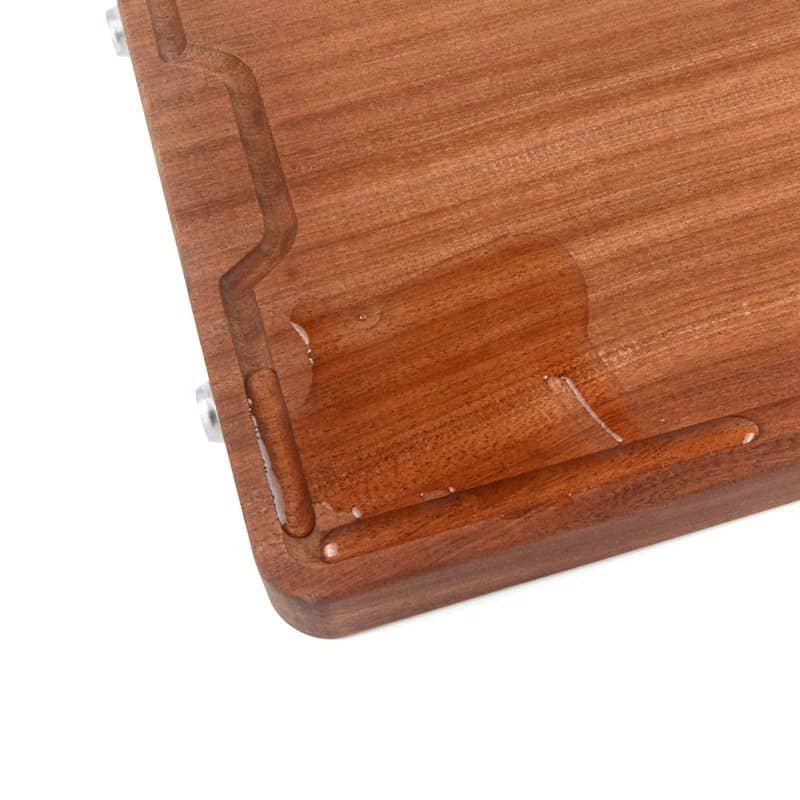
Wood cutting boards do this by closing their fibers. They trap everything within and kill bacteria.
On top of all these, wood cutting boards help prolong the sharpness of knives. Wood is hard indeed, but the fibers on the surface have a cushioning contribution on knife edges. This is more noticeable with end grain cutting boards. The edge goes between the fibers, giving the knife a soft stop.
Pros of selling wood cutting boards
- The durability of wood cutting boards can easily make your store known for quality to your customers.
- It doesn’t dull knives quickly, further adding to customer satisfaction.
- There are many types of wood. You can have different wood cutting boards that suit the needs of various customers.
Cons of selling wood cutting boards
- Requires maintenance from the user that can lead to after-sale issues. Care needs are a must to remind customers.
- Higher shipping costs due to weight and thickness.
- More expensive for your customers.
Plastic cutting boards
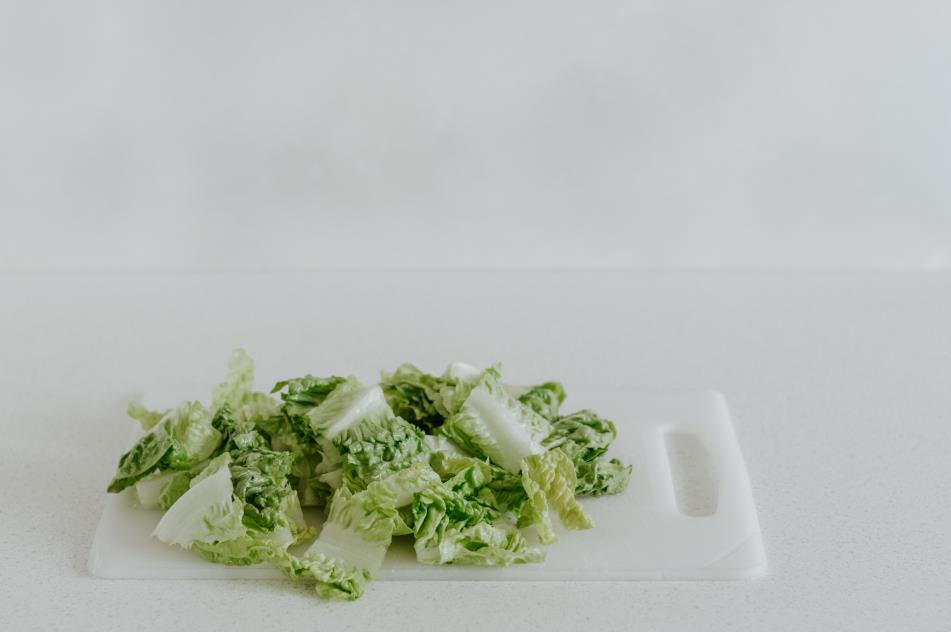
Plastic makes a convenient cutting board. Most are dishwasher-safe, lightweight, and affordable. The lightweight nature of plastic reduces shipping costs. They also don’t take up much space on the shelves or storage.
Even if your customers wouldn’t fancy a plastic cutting board for primary cutting needs, it makes an efficient secondary board. Many cooks use plastic cutting boards for high-risk foods, like raw meats.
These are only a few things to talk about plastic cutting boards. There is more to them that makes them helpful cutting surfaces.
Features
Most cooks favor the easy cleaning feature of plastic cutting boards. A quick rinse and rubbing with a sponge is enough to get rid of anything on the surface. Yet, it takes more to sanitize a plastic cutting board entirely.
Dishwashers sanitize everything better than we can with our dishwashing gloves. Letting the dishwasher do the hard work makes plastic cutting boards appealing. They won’t warp, crack, or lose their appearance when exposed to high temperatures.
The plastic cutting boards not having pores also make them useful. Cutting ingredients with lots of juices, like squash and melon, allows for a trouble-free cleaning as the board won’t soak anything. A quick rinse is enough to make plastic cutting boards ready for the following use.
All these come at an affordable price. Plastic undoubtedly makes the most inexpensive cutting board that others don’t match.
The biggest downside to plastic cutting boards is durability. Unlike wood, it doesn’t have self-healing attributes. Over time, the surface will get full of scratches and other knife marks. These grooves can be a breeding ground for bacteria when not sanitized.
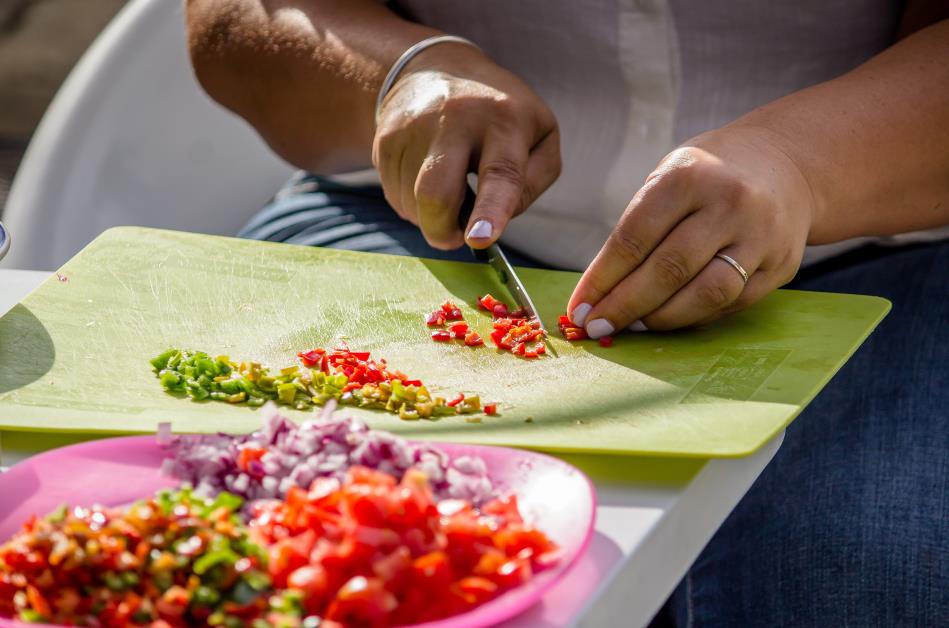
Luckily, your customers can always come back and replace their plastic cutting boards for a non bothersome price.
Pros of selling plastic cutting boards
- They are lightweight and slim. The cost of shipping won’t be a considerable amount to factor into the price tag.
- Plastic cutting boards are dishwasher-safe, making them very appealing to home cooks.
- Plastic doesn’t demand any care. Your customers won’t find themselves looking for products to care for their plastic cutting boards.
Cons of selling plastic cutting boards
- Plastic isn’t durable enough to meet some of your customers’ expectations.
- The grooves caused by the knife can house bacteria, increasing the risk of food poisoning.
- They aren’t very gentle on knife edges, taking the sharpness away from the blades you sell.
Comparison: selling plastic vs. wood cutting boards
Here is how plastic and wood cutting boards compare from a seller’s perspective. We’ll cover the essentials for knife stores of all sizes.
After-sale
Selling something doesn’t end the relationship with your customers. A happy customer is a repeat customer, but if they walk in complaining about their purchase, it isn’t good.
All knife shops should give a heads up about the care needs of the products they sell. Otherwise, potential mishaps might happen that will lead to unhappy customers.
These are more apparent with wood cutting boards than plastic. Wood cutting boards need frequent oiling and more careful and time-consuming cleaning.
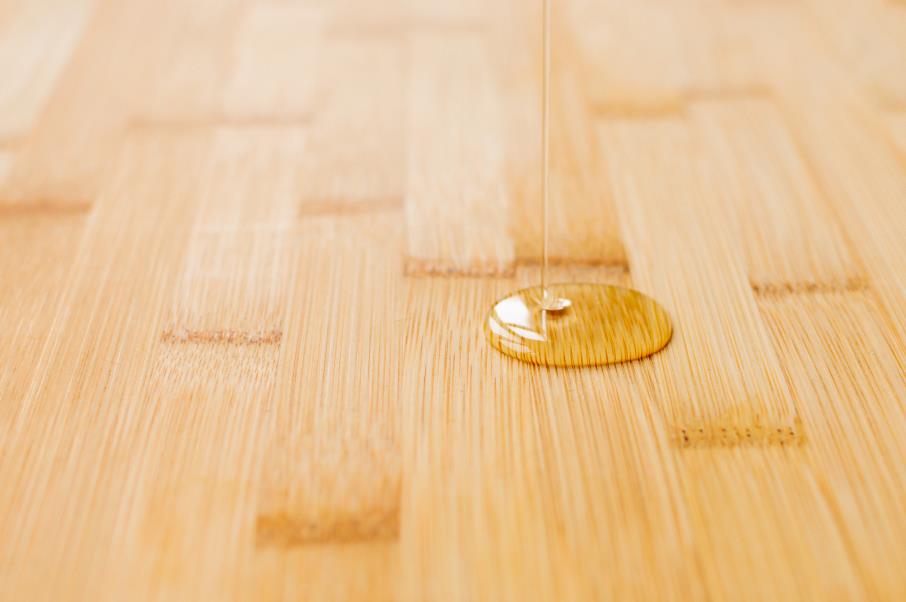
Let your customers know about the upkeep needs of wood cutting boards before buying. Additionally, you can gift tiny food-grade mineral oils for them to care for their board. Once they see their board working better, they will walk back to grab some more.
Plastic cutting boards don’t have specific care requirements. Still, it’s best to recommend not using them for heavy chopping as plastic is prone to deep scratches.
Price
Let’s end the argument for your customers first. Plastic cutting boards are much cheaper than wood alternatives. A similar outcome also applies to your knife store when outsourcing them.
The labor costs, price per unit, shipping costs, and anything else you pay to land the products in your store are cheaper with plastic.
These, however, don’t mean the lesser is insufficient. One does it better than the other. The many choices appropriate for cooks of all levels make wood cutting boards fitting for everyone.
Target customers
Both home cooks and professionals favor either of the two, but wood leads the way for chefs. It doesn’t take a chef working at a high-end restaurant to approve the features of wood cutting boards. Any cook who spends a considerable time in the kitchen knows that wood is superior to plastic for regular use.
Let us also remind you about the other options you have for cutting boards. These alternatives can be just as better, if not more ideal, for your target audience.
What they offer to your customers
The most notable benefit of plastic cutting boards is easy cleaning. Your customers can sanitize them along with their utensils without worry. They are also inexpensive, lightweight, effortless to carry, and have various sizes.
Wood cutting boards stand out with their durability and hygienic nature. You can sell wood cutting boards with different features. It all comes down to the type of wood and grain. These also influence the price of the products. For example, walnut cutting boards cost more than oak.
Buy Wholesale Cutting Boards and Start Scaling up with Us Today
Contact us and connect with a sales rep to get a free quote.
Which one is a better choice for your knife store?
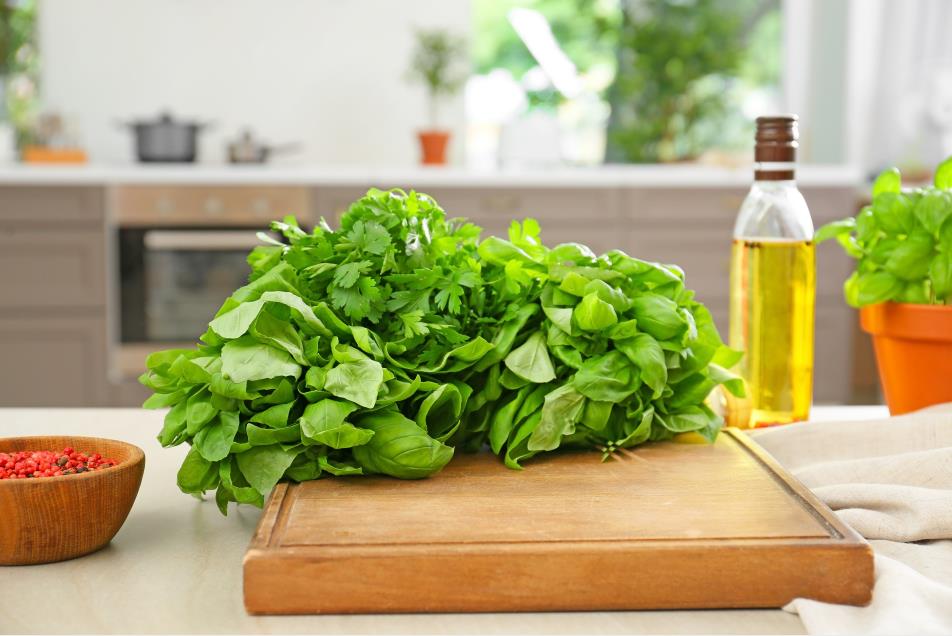
Wood cutting boards are a better option for most knife stores, but there is more. Your customers will have the best time with both.
Wood undoubtedly makes an excellent cutting board material but cleaning them is quite a challenge. The food tends to stick to the surface even when rinsing. This happens mostly with raw meats. Although bacteria don’t survive much on wood cutting boards, overlooking cleaning can create problems.
That’s where plastic cutting boards being dishwasher safe stands out. You can recommend your customers get one wood cutting board for general cutting needs and plastic for high-risk foods. This will keep them safe from potential food poisoning and give them a convenient experience.
You can get creative with this and offer bundles of differently sized plastic and wood cutting boards. Such offers to your customers will boost sales and help reduce inventory levels.
Selling cutting boards starts with obtaining them. Check our wholesale cutting boards from here.
Contact us for your inquiries, including sales, custom orders, and samples.

